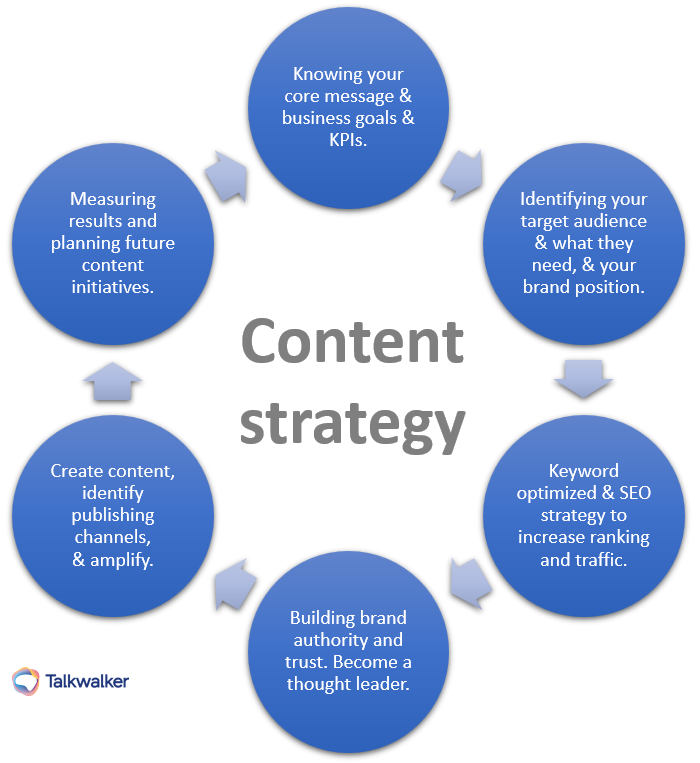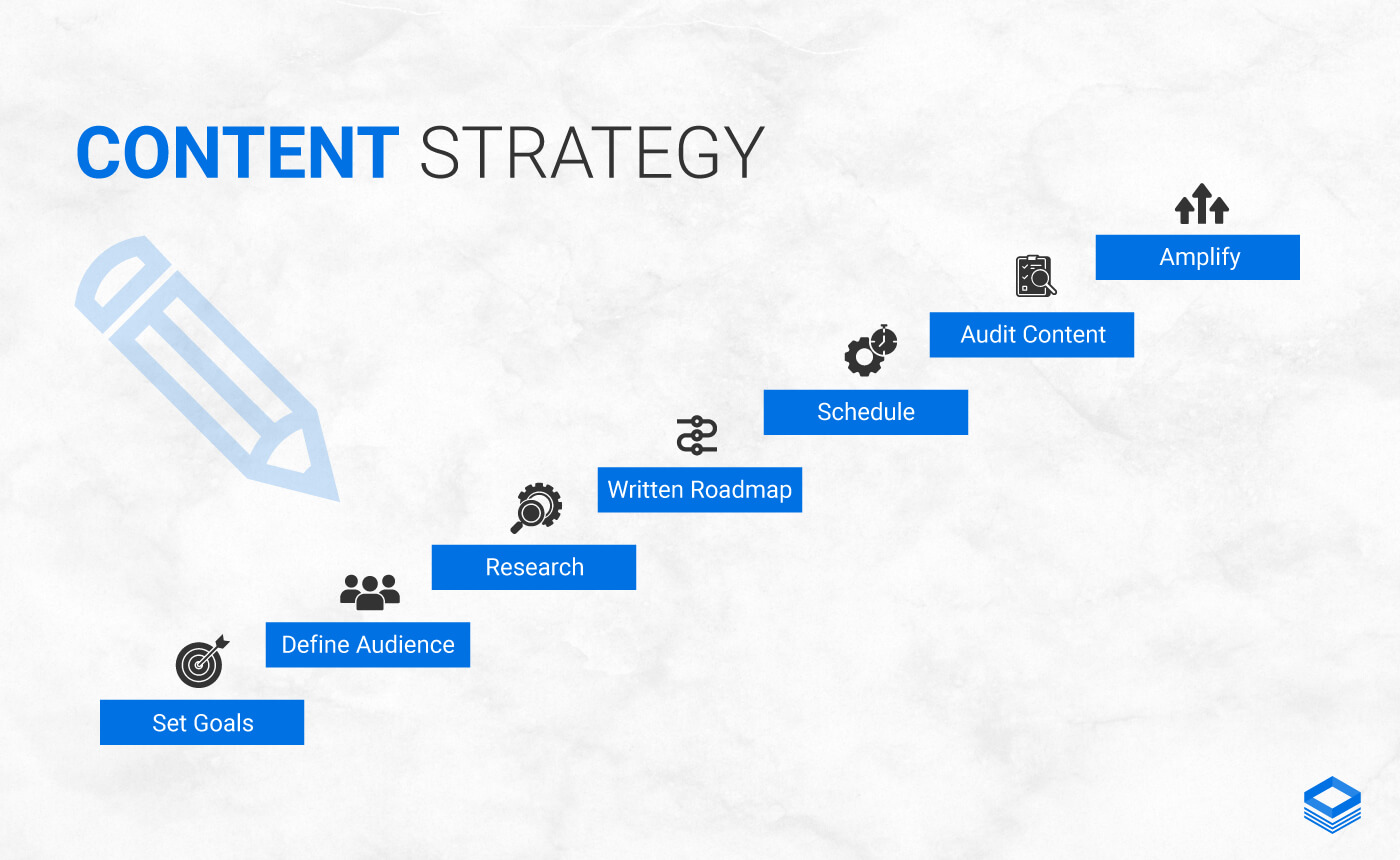Measuring the Success of Your Content Technique: Essential Metrics to Track
In the world of digital marketing, the efficiency of a material approach is commonly evaluated via different metrics that mirror both reach and effect. While website traffic metrics give a foundational understanding of target market engagement, it is the combination of involvement and conversion metrics that truly reveals the depth of material vibration and its economic effects.
Traffic Metrics
In the realm of content strategy, understanding website traffic metrics is crucial for assessing the efficiency of electronic campaigns. These metrics provide understandings into individual habits, assisting organizations figure out the reach and influence of their content. Trick website traffic metrics include page sights, distinct visitors, and session period, each offering distinctive viewpoints on audience engagement.
Page views indicate the complete variety of times a page has actually been checked out, while unique site visitors determine the number of distinct people accessing the material, therefore eliminating duplicate matters. Tracking these 2 metrics with each other enables for a comprehensive understanding of content usage patterns. In addition, session duration reveals the length of time individuals are interacting with the content, offering understandings into its relevance and engagement level.
Assessing traffic resources is likewise vital; it assists determine where visitors are coming from, whether organic search, social media, or referrals. This information is essential for refining advertising approaches and optimizing material distribution channels. By concentrating on website traffic metrics, organizations can evaluate the visibility of their web content, determine trends, and make notified decisions to boost general web content approach efficiency. In recap, traffic metrics act as foundational indicators that lead strategic adjustments and foster continuous enhancement.
Involvement Metrics
While website traffic metrics give useful understandings into individual reach and habits, interaction metrics supply a much deeper understanding of just how audiences communicate with web content once they arrive. These metrics are crucial for analyzing the quality of individual interactions and the overall effectiveness of a web content strategy.
Secret involvement metrics consist of time on page, scroll depth, and social shares. Time on page indicates how long users invest consuming web content, which can disclose its relevance and charm. Scroll depth determines how much down the web page individuals scroll, supplying insights into content framework and readability. Social shares suggest the level of resonance with the audience, highlighting web content that motivates users to show their networks.
Additionally, comments and user-generated web content can work as indications of target market interest and participation. High interaction degrees typically correlate with boosted brand name commitment and advocacy, as individuals that engage with web content are extra likely to recommend the brand and remember.
Conversion Metrics
Exactly how effectively does your web content drive wanted actions from your target market? Conversion metrics are essential for examining the efficiency of your material approach in encouraging customers to take details actions, such as enrolling in an e-newsletter, making an acquisition, or downloading and install a source. By tracking these metrics, you can determine the return on financial investment (ROI) of your web content initiatives and identify areas for enhancement.
Trick conversion metrics include conversion rate, which measures the percentage of visitors who complete a desired action, and the ordinary order worth, which suggests the normal quantity invested by consumers. Additionally, tracking list building metrics, such as the number of leads gotten through content, can provide understanding into the effectiveness of your web content in supporting prospects down the sales channel.
Another essential metric is client procurement expense (CAC), which evaluates the overall cost related to acquiring a new client via your web content initiatives. Content Strategy Agency. By evaluating these metrics, you can make data-driven choices to maximize your content method, fine-tune your messaging, and boost calls-to-action, eventually resulting in raised conversions and service growth
SEO Efficiency

First, organic website traffic acts as a primary indication of search engine optimization success, reflecting the variety of visitors reaching your site via internet search engine results. Examining organic website traffic trends in time can reveal the efficiency of your optimization initiatives.
Second, keyword positions are critical as they indicate just how well your content executes for targeted search terms (Content Strategy Agency). Checking fluctuations in rankings can assist you fine-tune your key words approach and prioritize content enhancements
Third, click-through price (CTR) is important, as it gauges the percent of customers who click on your link after seeing it in search results page. A high CTR indicates that your titles and meta summaries are relevant and compelling to individual questions.
Social Media Site Impact
What role does social media play in improving material method metrics? Social media site acts as an effective amplifier for material circulation, dramatically influencing brand, involvement, and reach recognition. By tracking social media metrics such as shares, likes, remarks, and total engagement rates, companies can determine the performance of their web content approach and recognize what resonates with their audience.
In addition, social media systems give useful group insights, allowing firms to customize material to particular target market sections. Keeping an eye on recommendation web traffic from social channels to the internet site also helps in recognizing the conversion capacity of social media projects. The relationship between Continued social media sites communications and site performance can expose the effectiveness of material in driving user behavior.

Final Thought
In conclusion, gauging the success of a web content strategy necessitates a thorough analysis of various metrics. Traffic metrics reveal the reach of web content, while involvement metrics provide understandings into target market communication.
While web traffic metrics provide a foundational understanding of audience interaction, it is the mix of engagement and conversion metrics that genuinely reveals the deepness of material vibration and its financial implications. By concentrating on web traffic metrics, organizations can assess the presence of their material, recognize fads, and make educated decisions to enhance overall content technique performance. By tracking social media metrics such as shares, suches as, remarks, and overall engagement prices, companies can assess the efficiency of their content strategy and identify what resonates with their target market.
In summary, leveraging social media influence metrics not only enhances the understanding of material performance but likewise notifies future content production, making sure positioning with target market advice preferences and taking full advantage of total approach effectiveness.
